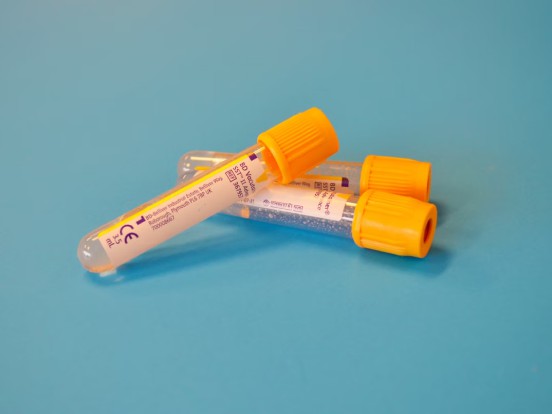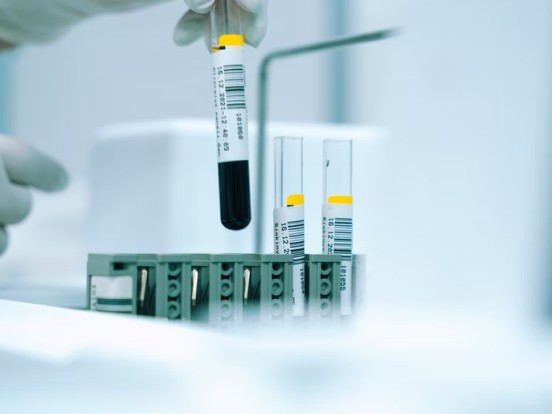Because the amount of oxygen in our bodies is so important, our normal arterial oxygen saturation is between 95-100%. Various disease states such as heart failure, chronic lung disease, or sleep apnea can lower the blood oxygen saturation. Usually, anybody who has an oxygen saturation less than 89-90% will require supplemental home oxygen in order to raise their blood oxygen levels back into the 90s. If oxygen levels decrease into the 80s or 70s severe symptoms will occur, including visual changes, dizziness, mental status changes, lack of awareness, trouble thinking, and others. Oxygen saturations below that for any prolonged period of time are deadly.
Heart failure, chronic lung disease or sleep apnea can be monitored by following the oxygen saturation over time, as well as by measuring other parameter available on the CSMW such as pulse rate and respiratory rate. Together, these measurements can help diagnose new problems as well as catch exacerbations of these diseases before they become serious. It is one thing to be able to spot check your oxygen saturation from time to time with a pulse ox monitor, if you remember to take the finger clip with you and if you remember to put it on; but it is quite another to have the security of knowing that you can check your saturation any time you want without any extra equipment other than the watch on your wrist, and that the information can be automatically forwarded to your personal physician for review.






